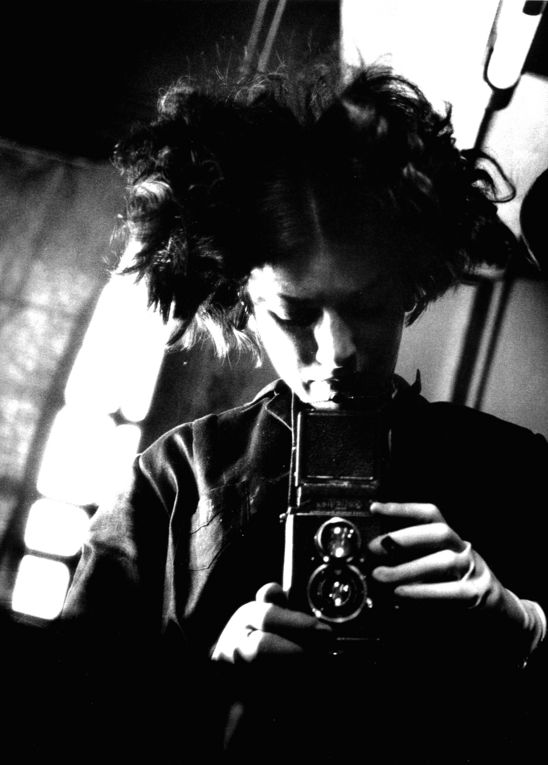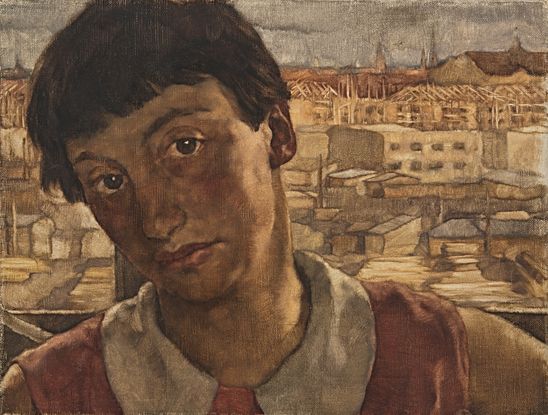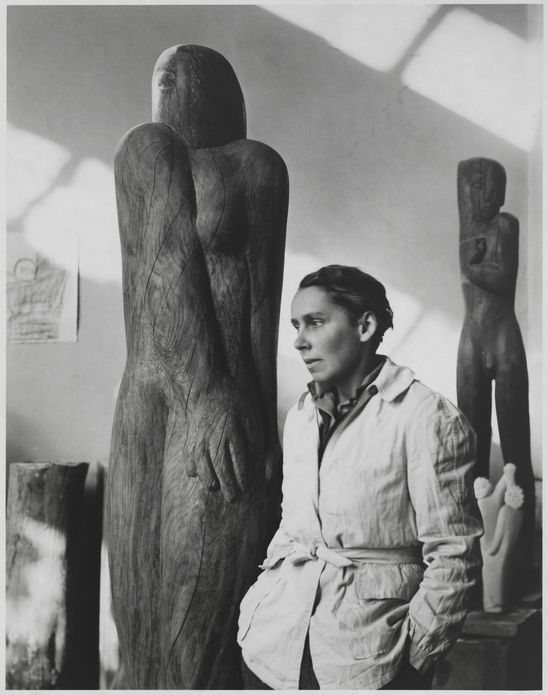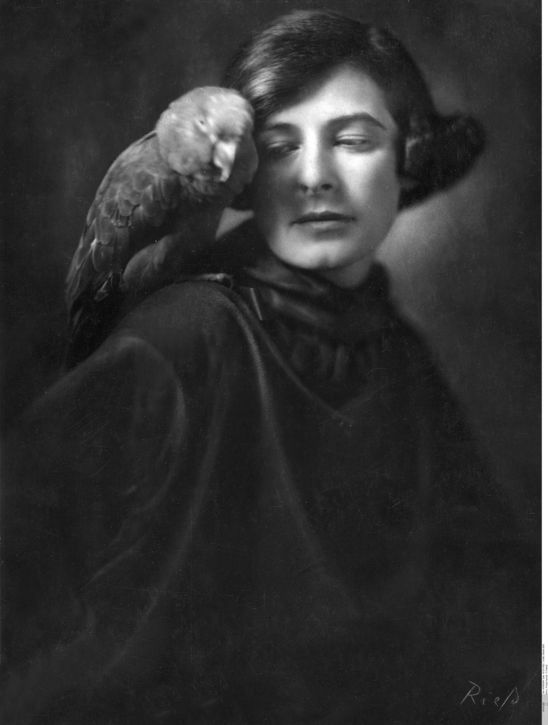Eva Besnyö geared her (1910–2003) photographic philosophy to Neues Sehen (New Vision), as promoted by Albert Renger-Patzsch in his pioneering book “Die Welt ist schön” published in 1928. Raised by a middle-class Jewish family in Budapest, she decided in 1928 to train at the modern photography studio run by József Pécsi. In 1930 she set off for Berlin, and the bustling metropolis of the Weimar era was to remain an influence all her life. It was here that Besnyö forged her photographic style and, like many colleagues of Hungarian origin including Moholy-Nagy, André Kertész, Nora Dumas, Ergy Landau and Robert Capa, made her own decisive contribution to new European photography.
Besnyö left Berlin in 1932 because she felt threatened by National Socialism. She was able to build on her career in Amsterdam. She survived the German occupation and was much in demand as a photojournalist after the Second World War. Eva Besnyö always gauged her photography by the modernist aesthetic of the 1920s.
In 2011 Das Verborgene Museum staged the exhibition “Eva Besnyö ‒ Photographer 1910‒2003: Budapest‒Berlin‒Amsterdam” at the Berlinische Galerie.
Find out more about the artist on the website (archive) of Das Verborgene Museum




